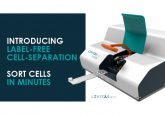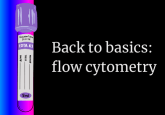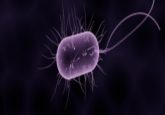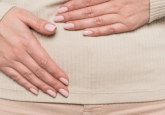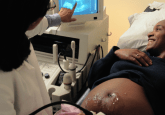Get in formation: ultrasound waves direct cells into place

How do you precisely move something you can’t see with your own eyes, let alone touch?
Physically manipulating individual cells remains a challenge. Optical tweezers offer one solution to this and use beams of light to move cells around; however, these only move a single cell and are not intended for manipulating larger numbers of cells simultaneously. Researchers at the California Institute of Technology (CA, USA) have developed an alternative to optical tweezers using ultrasound to push and pull cells selectively, advancing cell sorting abilities.
The researchers of this study have built on previous research by the same group, led by Mikhail Shapiro, to genetically engineer cells that can be moved by ultrasound waves. The group has previously worked with bacteria-derived air-filled capsule proteins that can be used as an acoustic tag. In this study, they found that ultrasound waves can move cells containing these gas vesicles to specific locations.
Sound waves create different pressure zones, which attract or repulse objects depending on their physical properties. Normal cells are pushed away from areas of high pressure while cells containing the gas vesicles are attracted to them.
“We’ve used these vesicles for imaging previously, and this time we’ve shown that we can actually use them as actuators so we can apply force to these objects using ultrasound,” explained Di Wu, the lead author of this study.
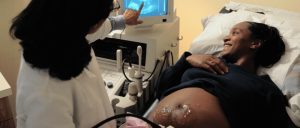 Automating ultrasound scanning
Automating ultrasound scanning
Developing easy-to-use and affordable ultrasound imaging devices would improve accessibility to this non-invasive diagnostic technique and enable its use in a variety of healthcare settings.
To demonstrate the potential of this acousto-fluidic sorting method, the team moved cells that were genetically engineered with the air-filled proteins into many different arrangements, including clumps, thin bands and pushed to the edges of a container.
Changing the ultrasound wave pattern led the cells to ‘dance’ into their new positions. They even created an ultrasound pattern to push cells into an ‘R’ within a gel that would hold the cells in that position after the gel had solidified. They called this figure an ‘acoustic hologram’.
The researchers suggest this technique could have an immediate impact on cell sorting. Currently, fluorescent-activated cell sorters (FACS) are commonly utilized to sort cells, which requires cells to be engineered to express a fluorescent protein. “That is a $300,000 piece of equipment that is bulky, often lives in a biosafety cabinet, and doesn’t sort cells very fast,” explained Wu. In comparison, this acousto-fluidic sorting chip could cost as little as $10.
The acousto-fluidic cell sorting method removes the need to separately measure gene expression of cells, as is the case with FACS, because the cell’s genetics are directly linked to the force that’s being applied to it.
Moving cells in this selective manner has potential applications in tissue engineering, which requires specific cells to be arranged in complex patterns, as well as in cell-based therapies. “You’re introducing engineered cells into the body, and they go all over the place to find their target,” explained Wu. “But with this technology, we potentially have a way to guide them to the desired location into the body.”
